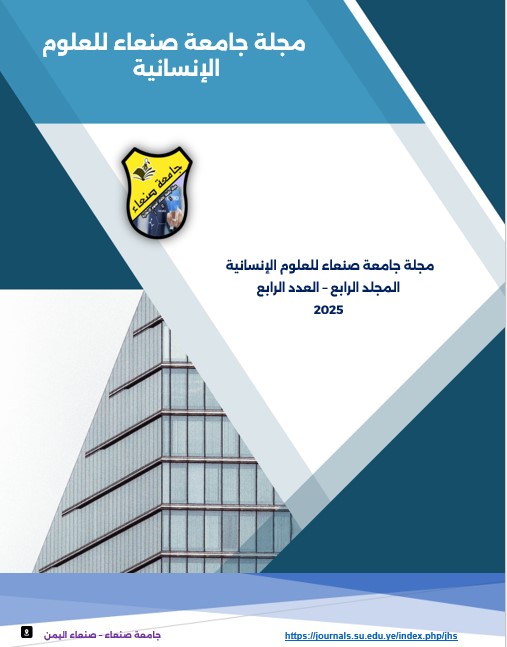The Investigation of the Frequency and Genre Distribution of the English Synonymous Verbs Denoting Change in Light of the Corpus of Contemporary American English
Main Article Content
Abstract
Preferring one synonym to another is a daunting challenge for EFL learners. This corpus-based study aims at analyzing the frequency and genres of the English synonymous Verbs denoting change utilizing the corpus-based as well as the qualitative and quantitative methodology. The findings demonstrate that the target verbs in this study differed from one another in terms of their overall frequency in the Corpus of Contemporary American English (COCA) to a great extent. From highest to lowest, the target verbs are ranked in COCA in this order, change, adjust, adapt, alter, and modify, respectively. Of the genre distribution, aside from change which tend to emerge in both formal and informal discourses, the other verbs have a propensity to appear most commonly in formal discourses and thus they are marked with high degree of formality. Additionally, formality of these verbs is confirmed by Coxhead’s (2000) except for adapt which is absent from Coxhead’s academic words though reported in this study to be most frequent in the academic texts of COCA. The specificities of these verbs enhance the claim that near-synonymous verbs cannot be used interchangeably in all contexts. Hence, course designers and teachers are recommended to utilize corpora to teach synonyms considering their frequency and genres as this information is overlooked by contemporary dictionaries
Downloads
Article Details

This work is licensed under a Creative Commons Attribution-NonCommercial-NoDerivatives 4.0 International License.

